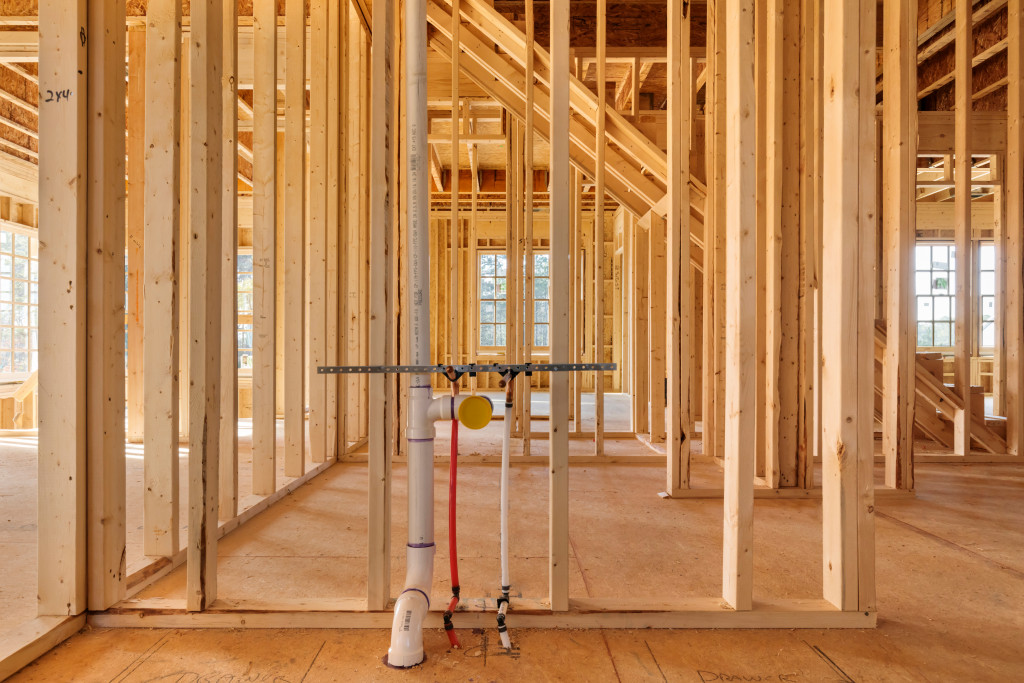Even as construction sites around the world are starting to re-open, everything is not the same as it was before the pandemic. Some adjustments made during the pandemic may revert to pre-pandemic times. But some practices may continue even after the vaccine is fully rolled out.
Here are some practices that may continue even after the end of the pandemic
Cleaner Job Sites
The pandemic highlighted the importance of cleanliness in the job sites. Emphasis on the health and safety of the workers compelled contractors to make changes at the job sites. These changes are consistent with the guidelines released by the government for both the workers and contractors.
These guidelines recommended cleaning and disinfecting machines, tools, and other equipment and surfaces on the job site. It also recommended the use of personal protective equipment (PPE), including gloves for the workers. Additionally, workers were advised to stay home if they exhibited any symptoms of the disease.
The strong focus on health and safety is expected to continue even after the pandemic is over. Local and federal legislation may even be implemented to reinforce this practice. These practices are in preparation for any outbreaks of similar diseases in the future.
Wider Use of Technology
Building Information Modeling (BIM) is a process used to create and manage information throughout the lifecycle of a construction project. Some construction companies were already using the process for some of their projects. And when the pandemic forced lockdowns all over the country, it became widely adopted within the construction industry.
The technology facilitated the collaboration among architects, engineers, and other construction professionals even if they weren’t in the same room at the same time. It is essentially remote work in the construction industry. Data was shared among these professionals, and the plans they made were sent to the prefab manufacturers. These manufacturers created the modules and components used in forming the buildings.
Artificial intelligence (AI) also enhanced the design process used to create plans for the structures. These plans were later tested in virtual platforms to see if they were practical and cost-effective. AI also checked if the plans meet the requirements of the developer and if they have any adverse effects on the local environment. The use of these innovations in technology is expected to continue even after the pandemic is over.

Increased Use of Modular Designs
As the industry focuses on worker safety, the use of modular housing designs will also increase. This increase is also facilitated by the wider use of technology and the move towards offsite construction methods. Instead of relying on onsite construction all the time, contractors will focus on building the different components of homes offsite. Once these components are ready, they are assembled at the job site.
This move will make construction times predictable since the contractor will know when the modules or components will be ready for delivery. This means construction times will be shorter. With the increasing use of modular housing designs, AI can also analyze the data to optimise and standardise the entire construction process.
Better Sustainability
The construction sector was responsible for nearly 40 percent of process and energy-related carbon dioxide CO2 emissions in 2018. This makes the industry a significant contributor to rising temperatures on the Earth’s surface or global warming. With the move towards sustainability in the construction industry, it is essential to reduce CO2 emissions by using sustainable construction methods.
Prefabrication can help in this aspect. It can reduce CO2 emission by around 15 percent compared to building onsite. This makes this method sustainable and good development in the construction sector. With the use of prefab or modular materials, manufacturers can schedule the delivery of the components when there’s no traffic to reduce CO2 emissions further.
The construction industry has gone through a lot of changes during the pandemic. Not only have these changes made the job sites safer, but it also brought the industry into the digital age as innovative technologies are now being used in the construction process.

